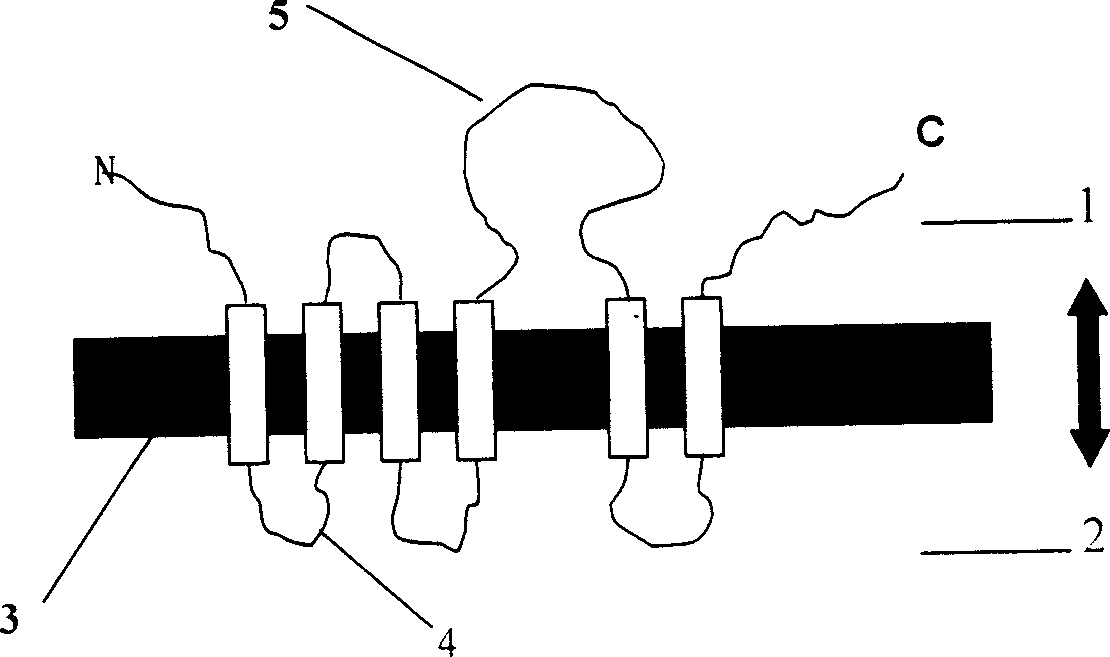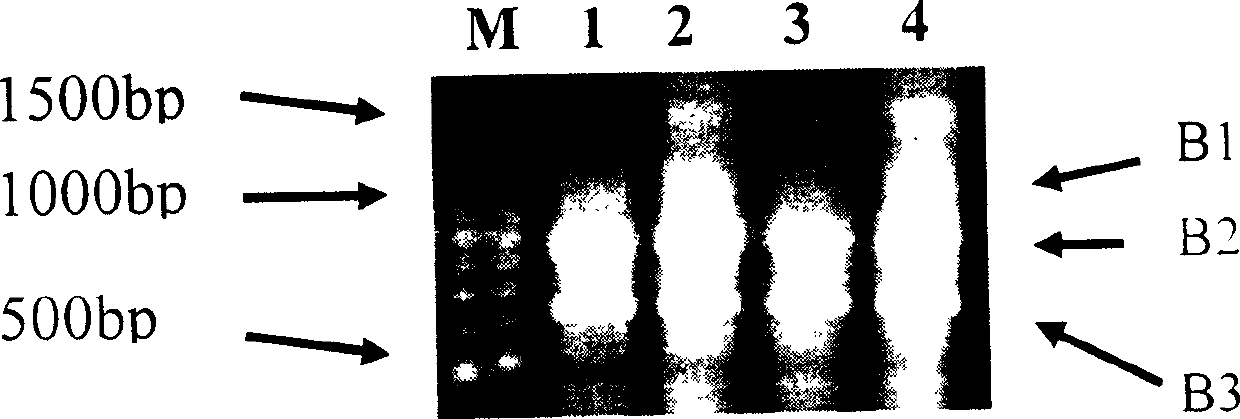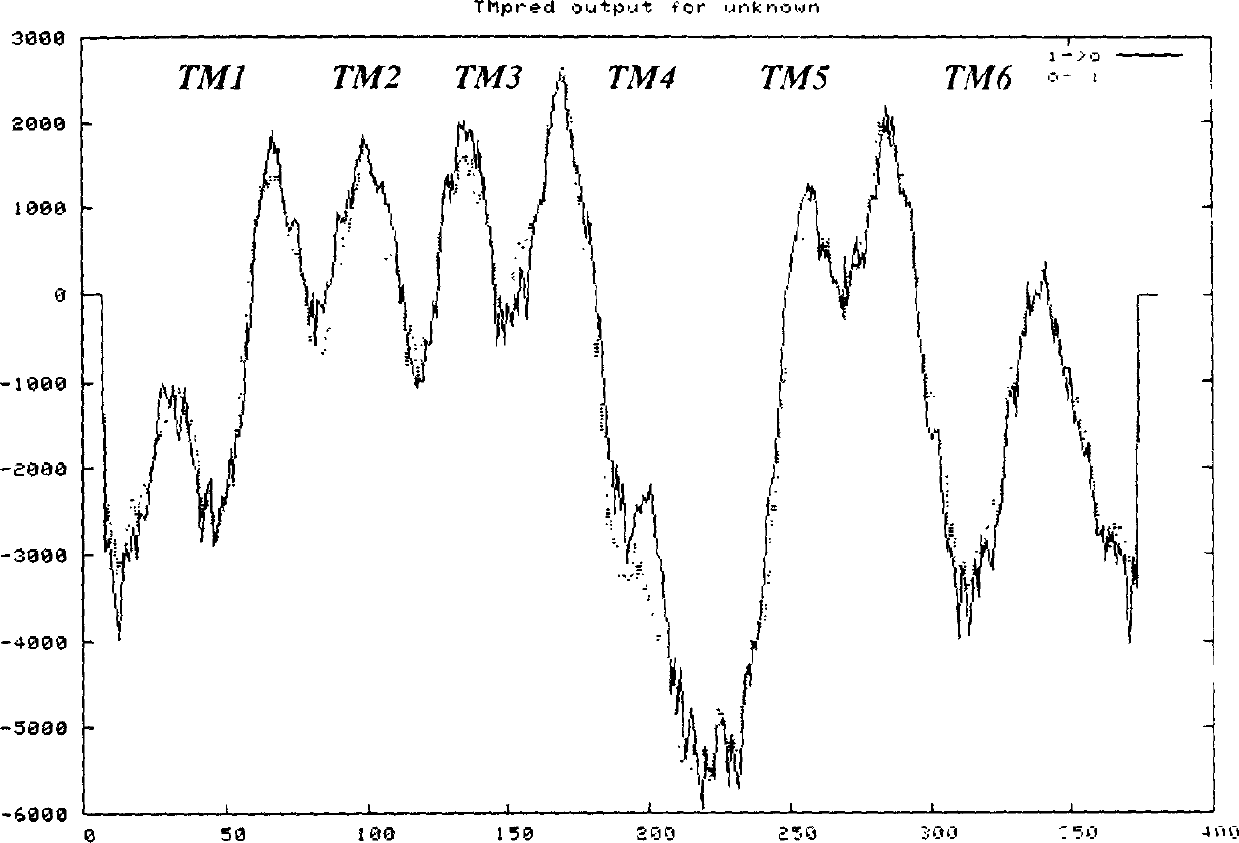Gene BjCET2 of Indian mustard cation transport protein family and its protein
A technology of Indian mustard and protein, which is applied in the field of plant metal cation transporters, to achieve the effect of improving human health, increasing crop yield, and improving heavy metal resistance
- Summary
- Abstract
- Description
- Claims
- Application Information
AI Technical Summary
Problems solved by technology
Method used
Image
Examples
Embodiment 1
[0042] Example 1 Preparation of a new metal cation transmembrane transporter gene of Indian mustard CE family
[0043] Step 1: Total RNA Extraction
[0044] The 3-week-old Indian mustard plants were transferred to 1 / 2×Hoagland liquid medium (without sucrose and agar) for pre-culture, and the fresh culture medium was changed every two days. After one week, 200 mM CdCl was added to the medium 2 Stress was carried out, fresh medium was changed once a day, and roots and leaves were collected (harvested) two days later. The control was Indian mustard grown under the same conditions, but no CdCl was added to the medium 2 Do coercion. The RNA extraction kit (RNeasy Plant Mini Kit) from QIAGEN was used to carry out control and CdCl 2 Extraction of total RNA from stress-treated samples. The contaminating DNA was removed with RNase-free DNase I (final concentration 80,000 U / L), and its integrity was identified by formaldehyde denaturing gel electrophoresis. The amount of 28s and 18...
Embodiment 2
[0073] Example 2 Heavy metal resistance analysis of yeast transformed with a new gene of metal cation transmembrane transporter of Indian mustard CE family
[0074] Step 1: Construction of yeast expression vector
[0075] Based on the multi-cloning restriction site HindIII / BamHI sequence on the shuttle vector pYES2 (see Figure 15), PCR primers for the ORF region of the BjCETs (1-4) sequence were designed (see Table 1), and pGEM-T Easy vector The full-length cDNA sequences of BjCETs (1-4) above were used as templates to amplify their ORF regions, and the amplified DNA fragments were digested with HindIII / BamHI double enzymes, and then circularized with the pYES2 vector cut with HindIII / BamHI double enzymes. Transform competent Escherichia coli DH5α, select on LB medium containing 50 μg / mL ampicillin, and culture overnight at 37°C. Pick 5-10 single clones respectively, culture and amplify, extract the plasmid and carry out HindIII / BamHI double enzyme digestion, take the clone c...
Embodiment 3
[0093] Example 3 Analysis of Heavy Metal Resistance and Accumulation in Tobacco Transformed with New Genes of Metal Cation Transmembrane Transporters of Indian Mustard CE Family
[0094] Step 1: Construction of plant expression vector and Agrobacterium transformation
[0095] Based on the polyclonal restriction site XbaI / BamHI sequence on the bivalent vector pBIN-mGFP5-ER (see Figure 16), the PCR primers (see Table 2) for the ORF region of the BjCETs (1-4) sequence were designed to The full-length cDNA sequence of BjCETs (1-4) on the pGEM-T Easy vector was used as a template to amplify its ORF region respectively. After the amplified DNA fragment was digested with XbaI / BamHI, it was digested with XbaI / BamHI double digested pBIN-mGFP5 -ER vector was circularized and ligated, transformed into competent Escherichia coli DH5α, and screened on LB medium containing 50 μg / mL kanamycin. Incubate overnight at 37°C. Pick 5-10 single clones, culture and amplify, extract plasmids and ca...
PUM
 Login to View More
Login to View More Abstract
Description
Claims
Application Information
 Login to View More
Login to View More - Generate Ideas
- Intellectual Property
- Life Sciences
- Materials
- Tech Scout
- Unparalleled Data Quality
- Higher Quality Content
- 60% Fewer Hallucinations
Browse by: Latest US Patents, China's latest patents, Technical Efficacy Thesaurus, Application Domain, Technology Topic, Popular Technical Reports.
© 2025 PatSnap. All rights reserved.Legal|Privacy policy|Modern Slavery Act Transparency Statement|Sitemap|About US| Contact US: help@patsnap.com



